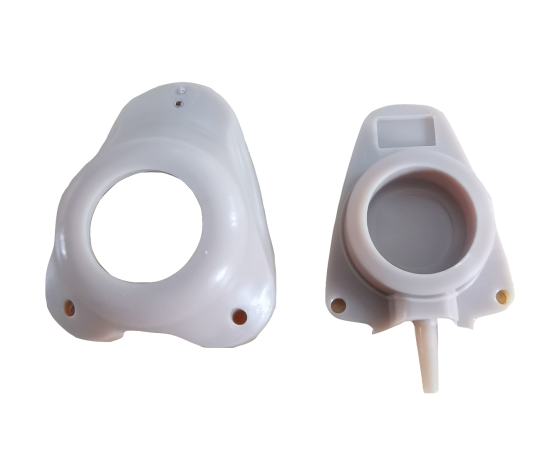Why Choose Us? / Blog / News / Contact
Basic process of electroplating process
Mar 21,2024
The basic process of the electroplating process is as follows: polishing → polishing) → hanging → degreasing and degreasing → water washing → (electrolytic polishing or chemical polishing) → pickling activation → (pre-plating) → electroplating → water washing → (post-processing) → water washing → Drying→hanging→inspection and packaging. It is generally customary to divide the entire electroplating process into three parts: preparation before plating, electroplating itself, and post-plating processing. Pre-plating preparation includes polishing, cleaning and other preparation work, while post-plating treatment includes some essential cleaning and some additional processing. However, pre-plating preparation is often directly understood as the work of cleaning or improving surface finish as the name implies, and is only limited to its own construction requirements. This overly narrow understanding can easily lead to the coating not reaching a higher quality level.
Each system has its own advantages and disadvantages, such as good dispersion and depth capabilities of the cyanide galvanizing solution, fine crystallization of the coating, good bonding with the substrate, good corrosion resistance, wide process range, stable and easy operation of the plating solution, and no resistance to impurities. Too sensitive and other advantages. But it is highly toxic and seriously pollutes the environment. Chloride galvanizing solution is a single salt plating solution that does not contain complexing agents. The waste water is very easy to process. The brightness and flatness of the coating are better than other systems. The current efficiency is high and the deposition speed is fast. Steel with low hydrogen overpotential such as High carbon steel, castings, forgings, etc. are easy to be plated. However, due to the weak acidity of chloride ions, it is corrosive to the equipment. On the one hand, it will cause certain corrosion to the equipment. On the other hand, this type of plating solution is not suitable for deep holes or tubular parts that require auxiliary anodes.
NEWS
If you have some questions or would like to ask for a quote, please contact me
Basic process of electroplating process
Mar 21,2024
The basic process of the electroplating process is as follows: polishing → polishing) → hanging → degreasing and degreasing → water washing → (electrolytic polishing or chemical polishing) → pickling activation → (pre-plating) → electroplating → water washing → (post-processing) → water washing → Drying→hanging→inspection and packaging. It is generally customary to divide the entire electroplating process into three parts: preparation before plating, electroplating itself, and post-plating processing. Pre-plating preparation includes polishing, cleaning and other preparation work, while post-plating treatment includes some essential cleaning and some additional processing. However, pre-plating preparation is often directly understood as the work of cleaning or improving surface finish as the name implies, and is only limited to its own construction requirements. This overly narrow understanding can easily lead to the coating not reaching a higher quality level.
Each system has its own advantages and disadvantages, such as good dispersion and depth capabilities of the cyanide galvanizing solution, fine crystallization of the coating, good bonding with the substrate, good corrosion resistance, wide process range, stable and easy operation of the plating solution, and no resistance to impurities. Too sensitive and other advantages. But it is highly toxic and seriously pollutes the environment. Chloride galvanizing solution is a single salt plating solution that does not contain complexing agents. The waste water is very easy to process. The brightness and flatness of the coating are better than other systems. The current efficiency is high and the deposition speed is fast. Steel with low hydrogen overpotential such as High carbon steel, castings, forgings, etc. are easy to be plated. However, due to the weak acidity of chloride ions, it is corrosive to the equipment. On the one hand, it will cause certain corrosion to the equipment. On the other hand, this type of plating solution is not suitable for deep holes or tubular parts that require auxiliary anodes.
Related news
订阅
订阅我们的时事通讯,了解我们公司产品、新闻和特别优惠的最新信息。









